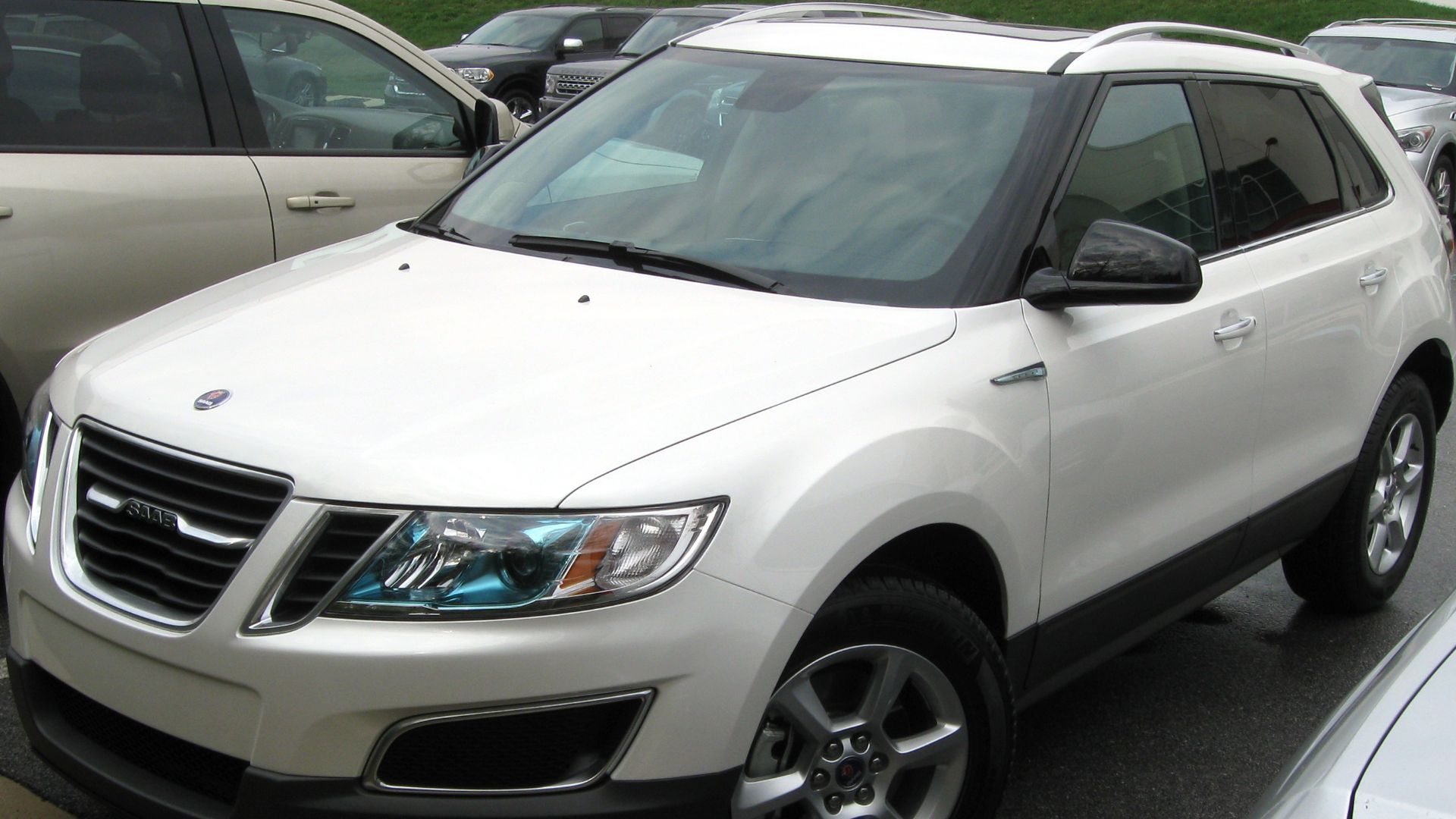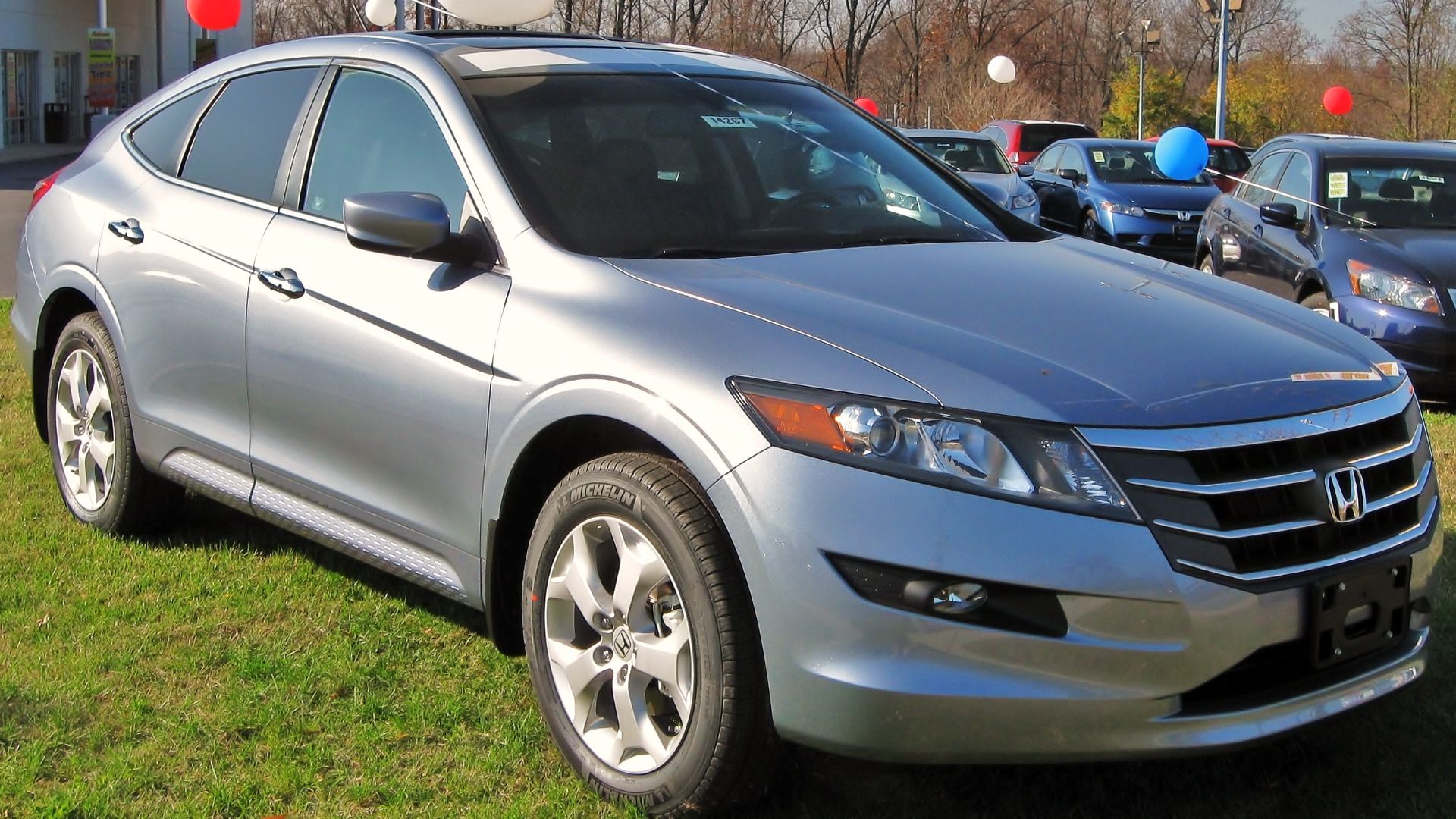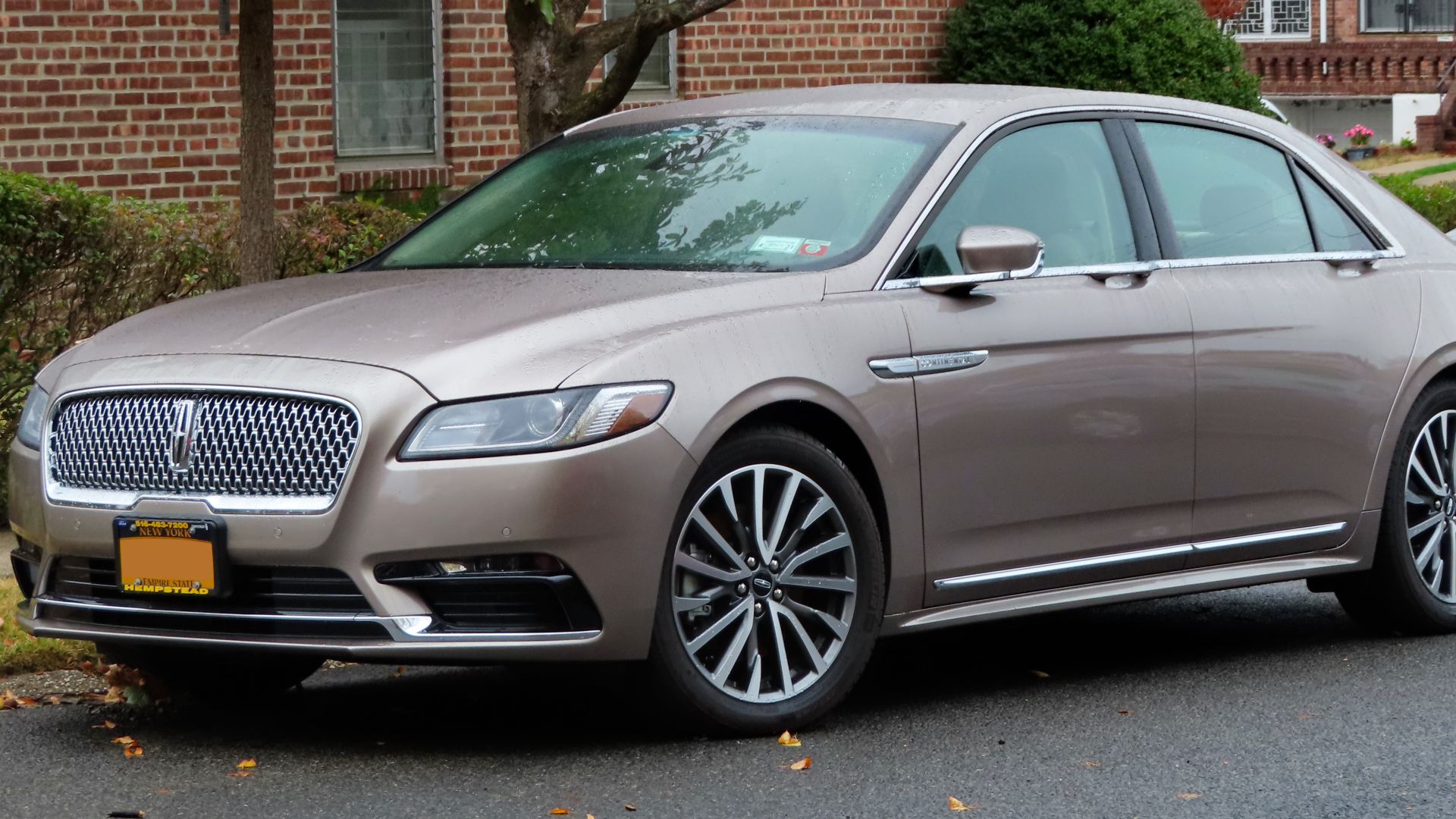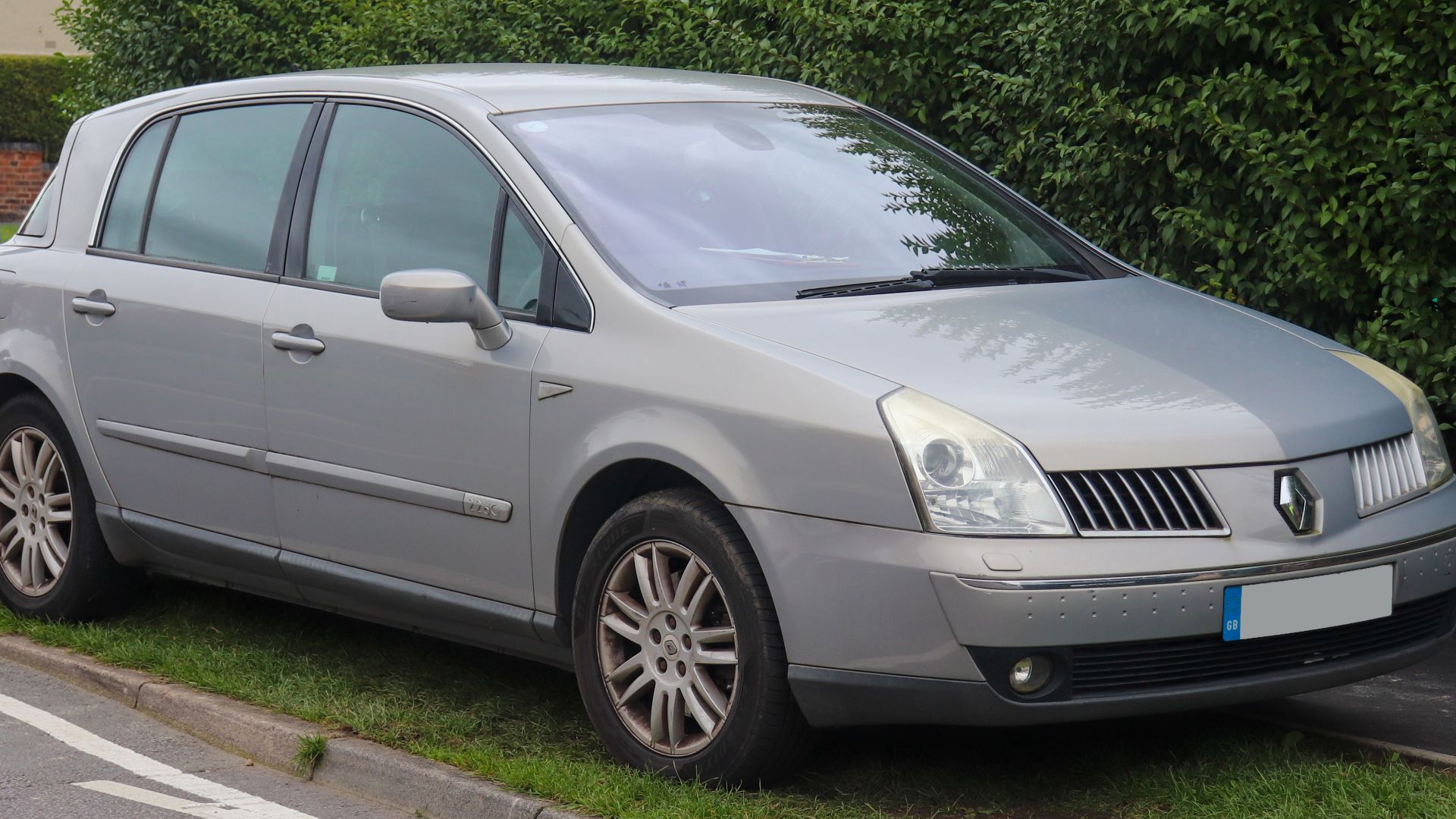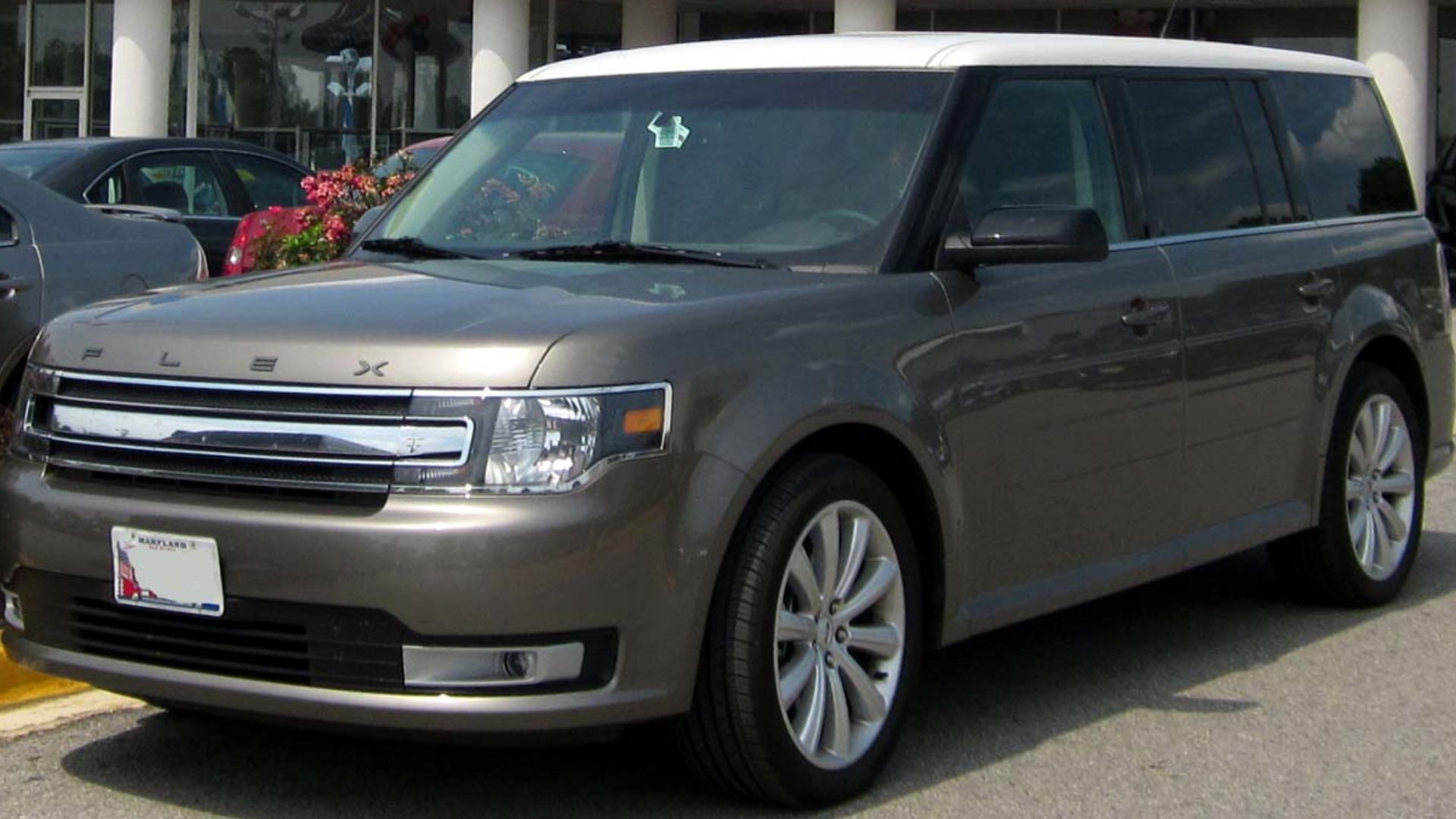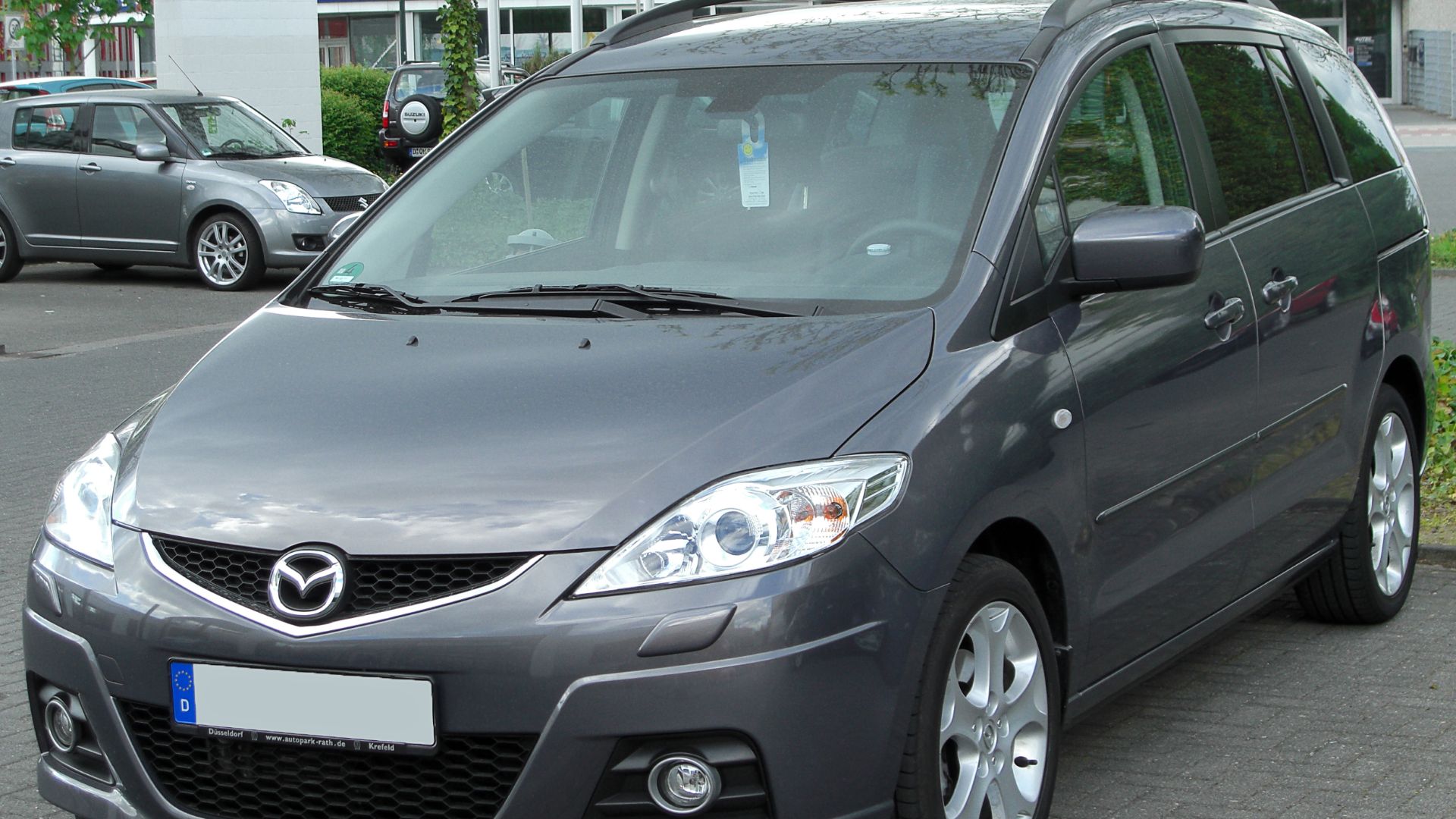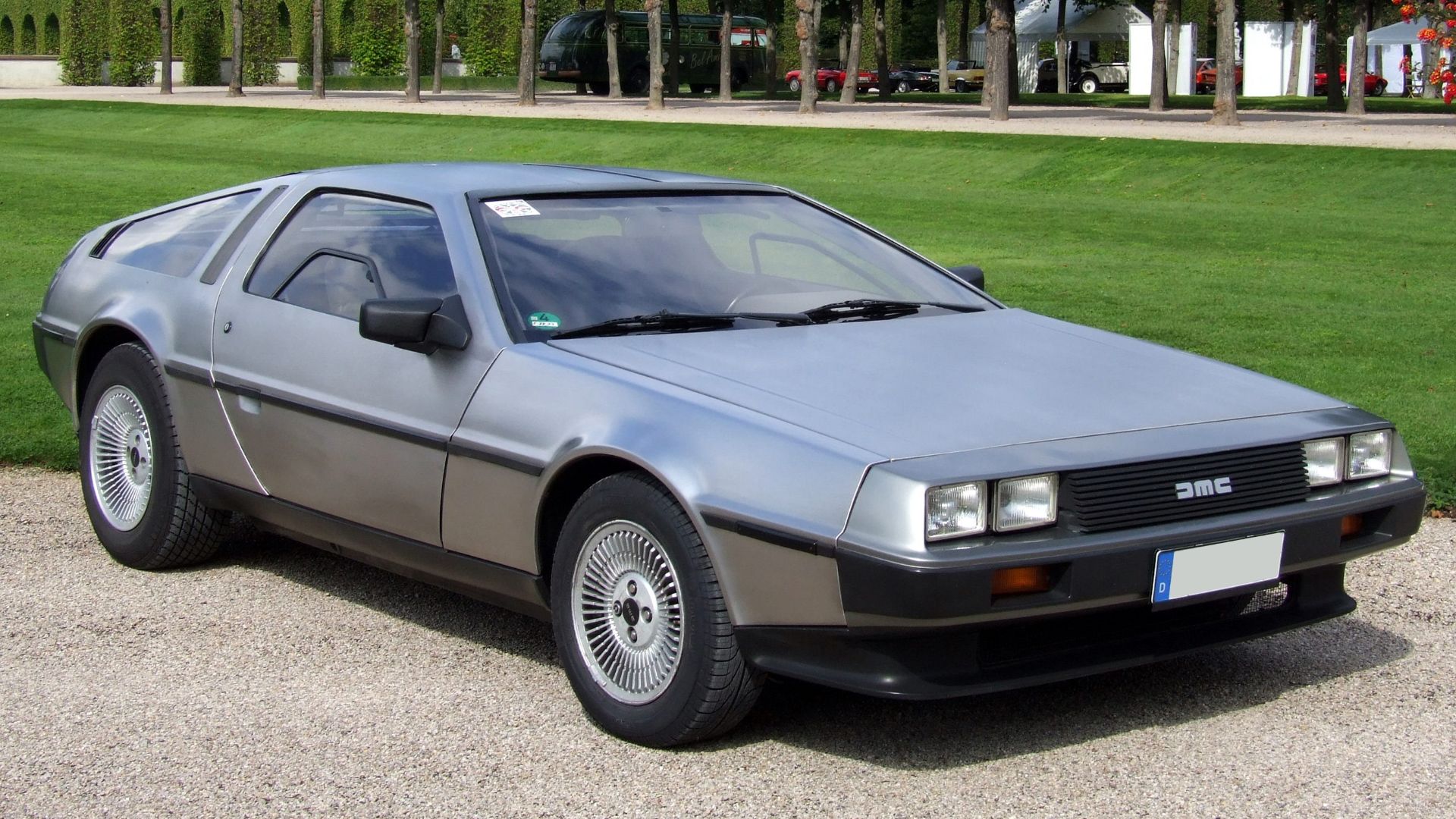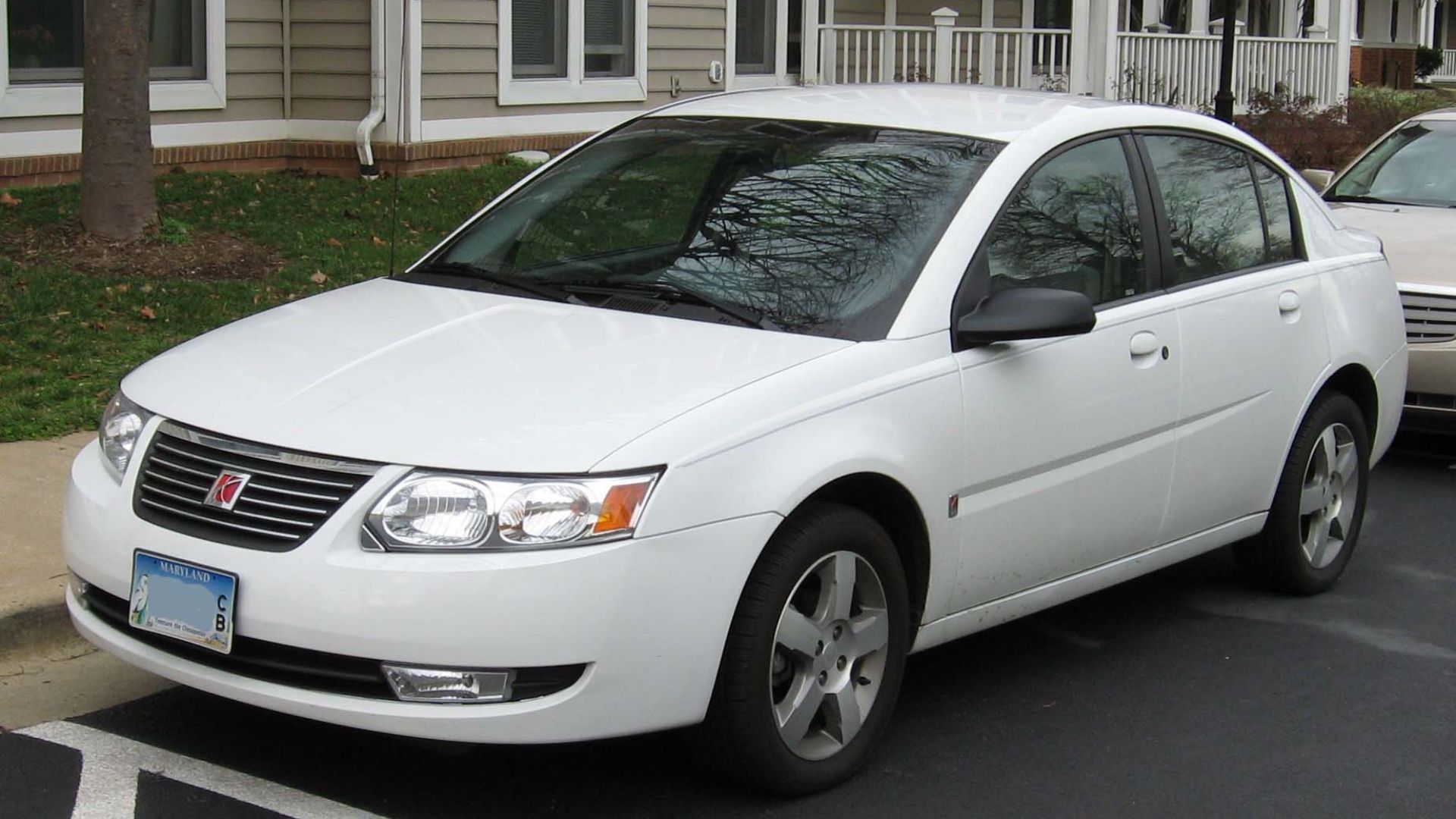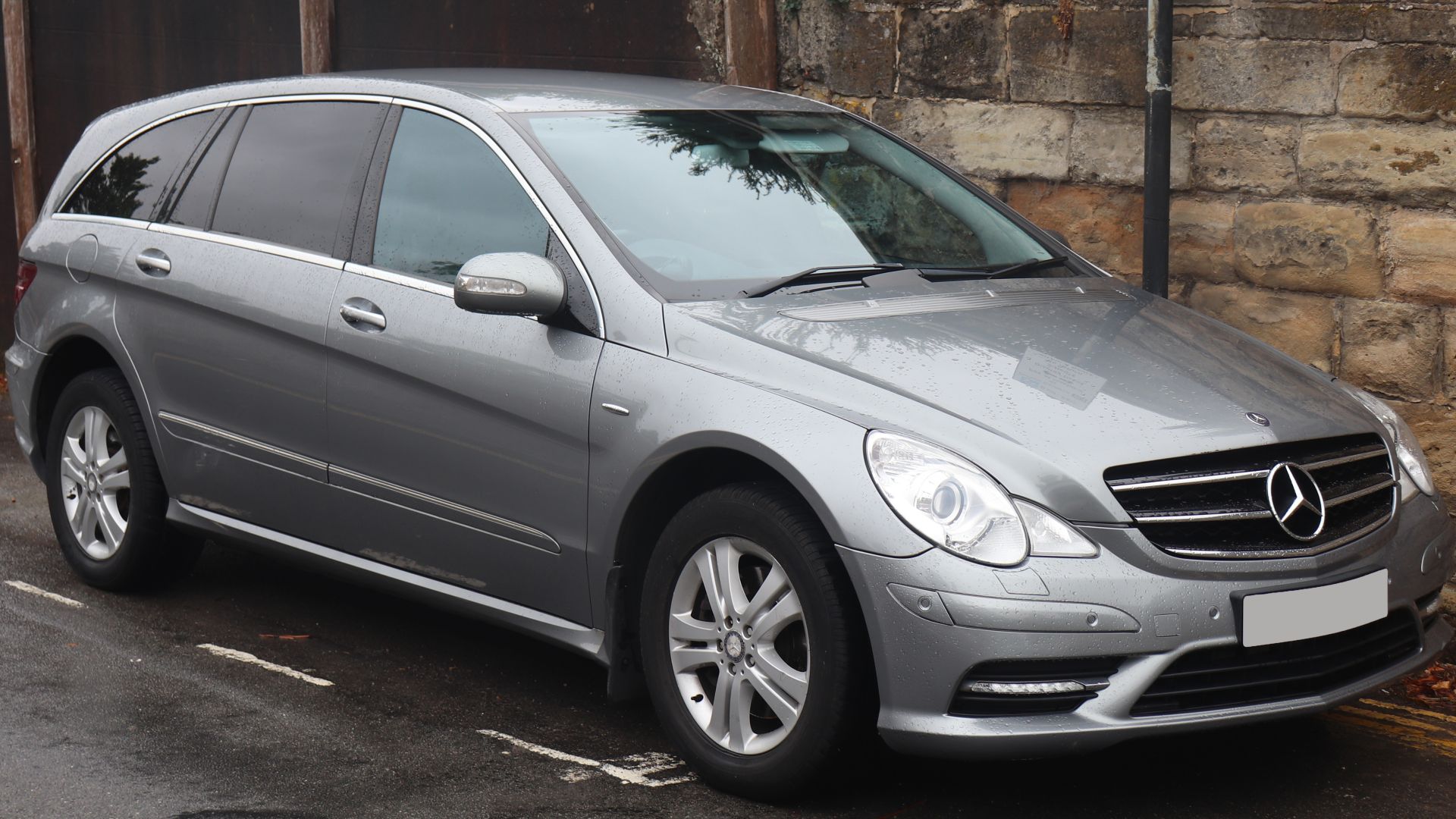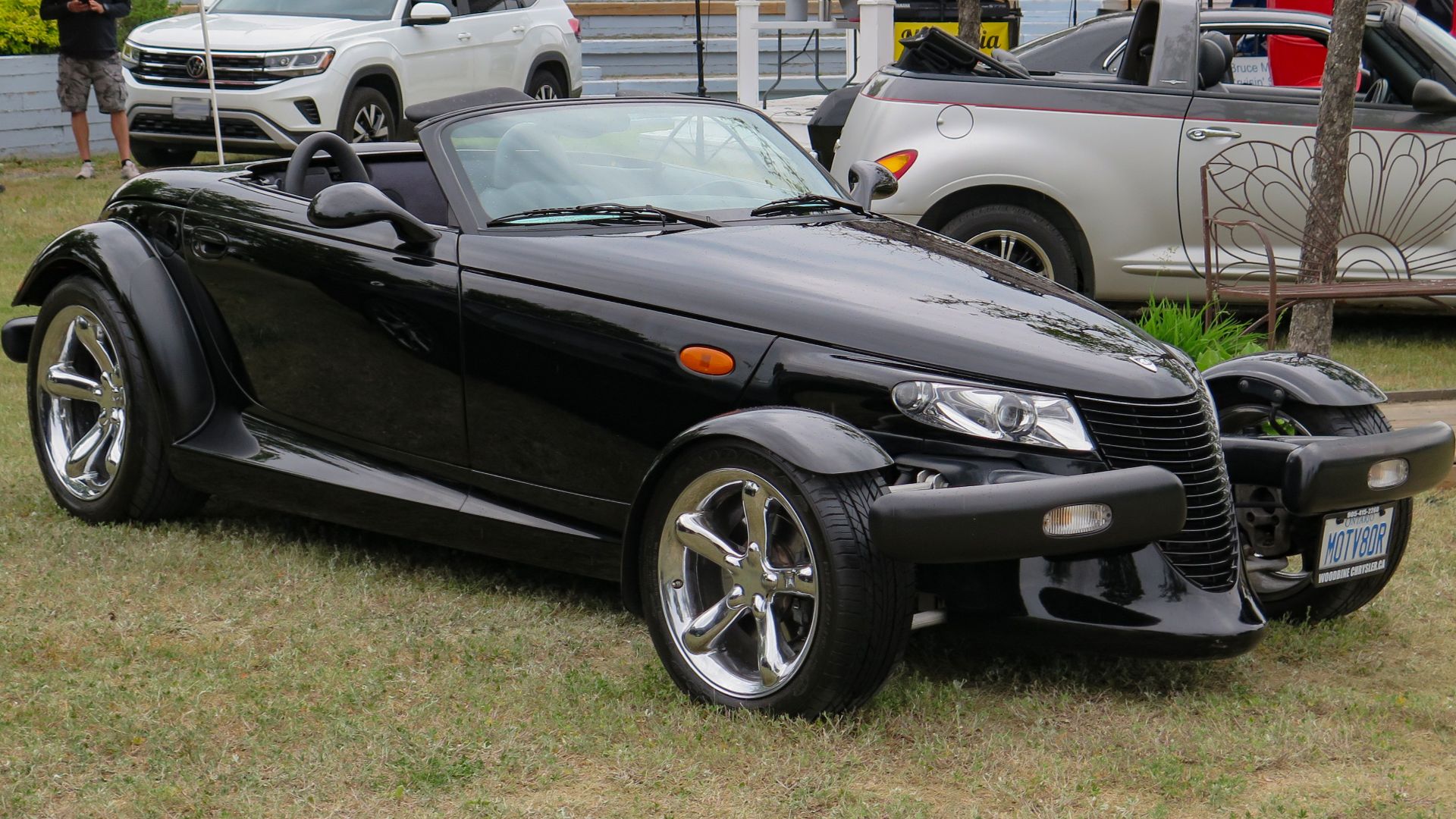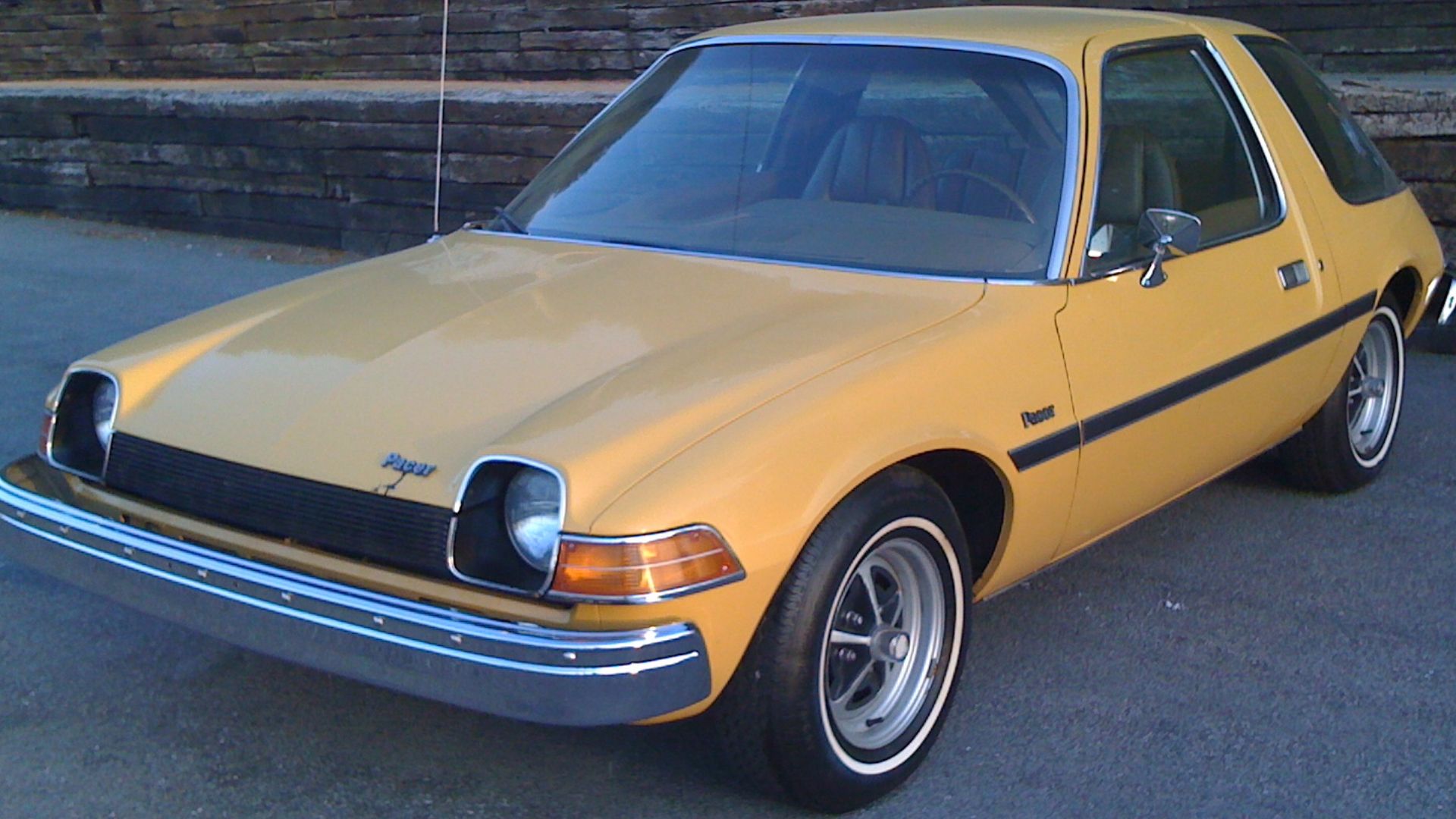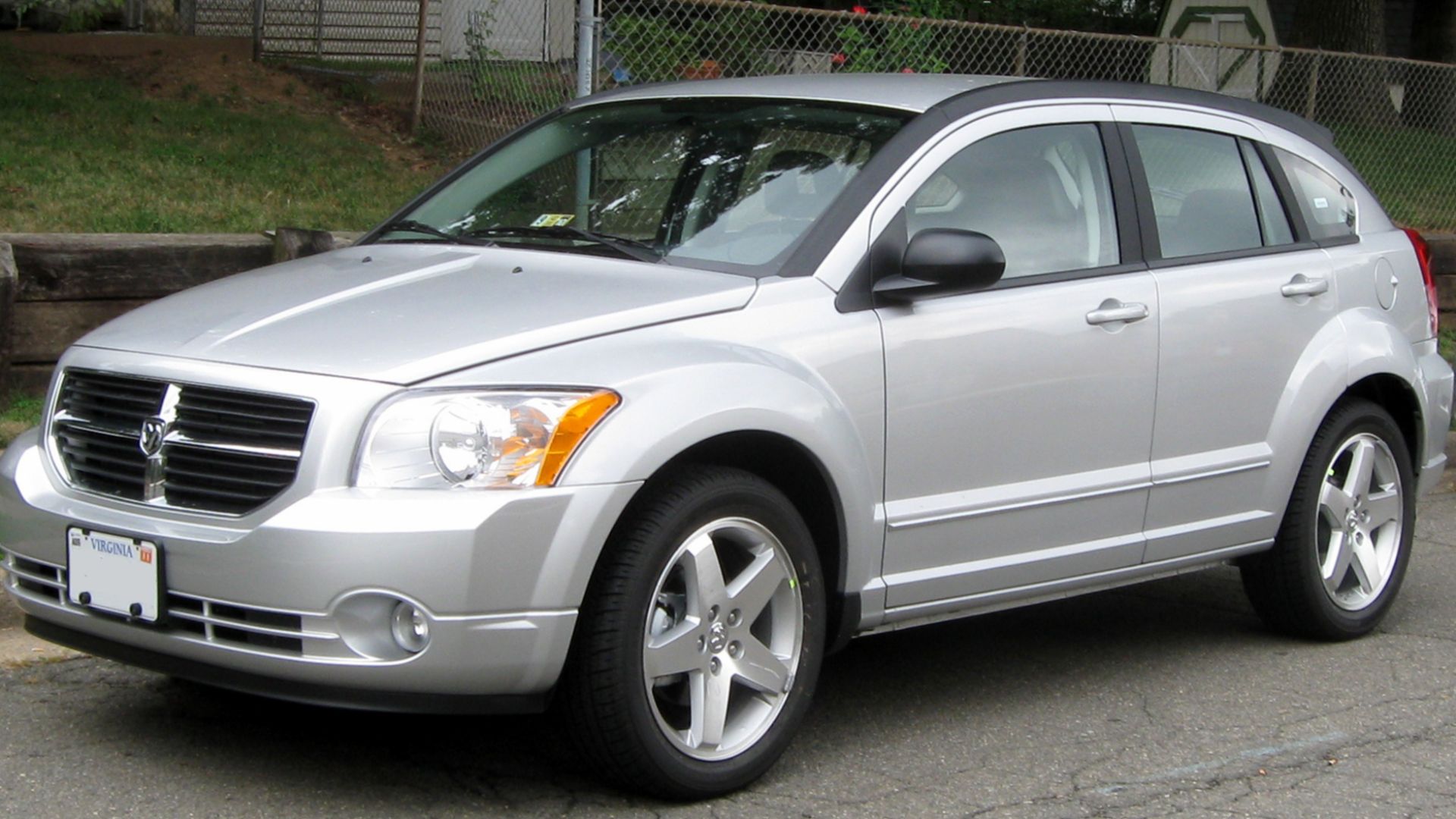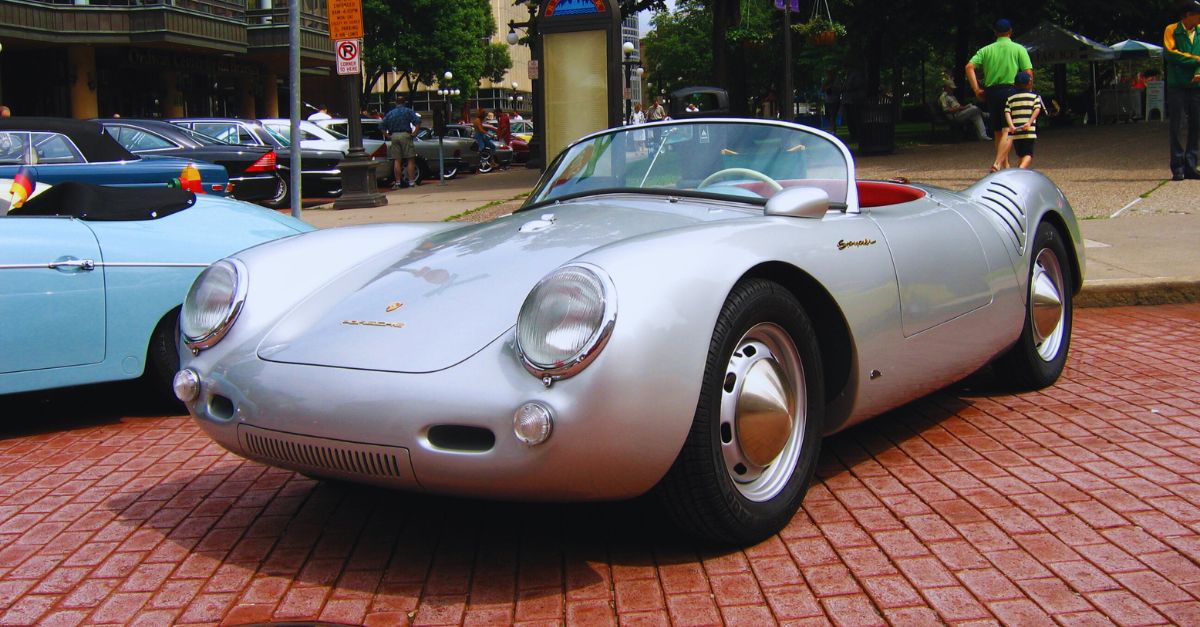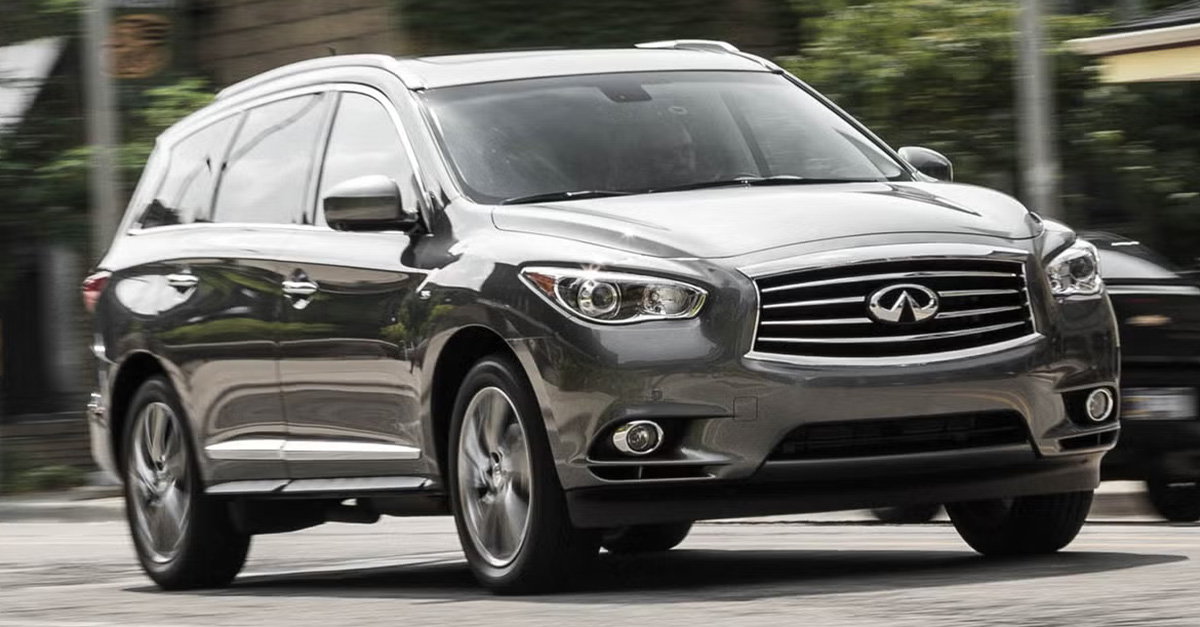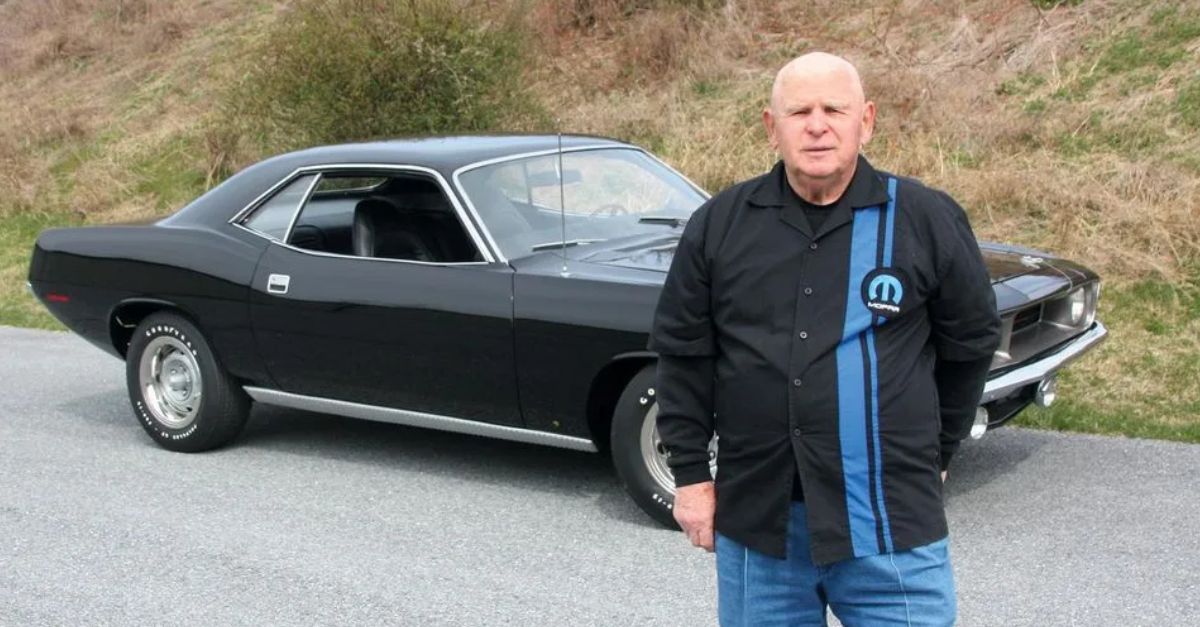When Cars Tried To Be Trendsetters…And Failed Miserably
The auto industry has a long history of innovation—but not every big idea pays off. Some cars arrive with huge fanfare only to disappear almost immediately, leaving behind puzzled buyers and embarrassed manufacturers. From strange crossovers that nobody wanted to luxury sedans that never stood a chance, these flops are cautionary tales on wheels.

Kia Borrego
Kia thought Americans wanted a big, V8-powered SUV in the late 2000s. The Borrego, also known as the Mohave elsewhere, actually wasn’t a bad vehicle—it was comfortable, powerful, and rugged. Unfortunately, hardly anyone cared, and the model was canned after just a single year.
 Dinkun Chen, Wikimedia Commons
Dinkun Chen, Wikimedia Commons
Saab 9-4X
Saab’s last-ditch attempt at survival came in the form of the 9-4X crossover. It was stylish, well-equipped, and had plenty of horsepower in its turbocharged V6 variant. Sadly, Saab collapsed shortly after production began, leaving just about 800 units in existence.
Chevrolet SS
The SS should have been a dream for gearheads: a rear-wheel-drive V8 sedan with a manual transmission. Instead, GM barely marketed it, and most buyers had no idea it even existed. Sales sputtered, and the car went down as one of GM’s more tragic missed opportunities.
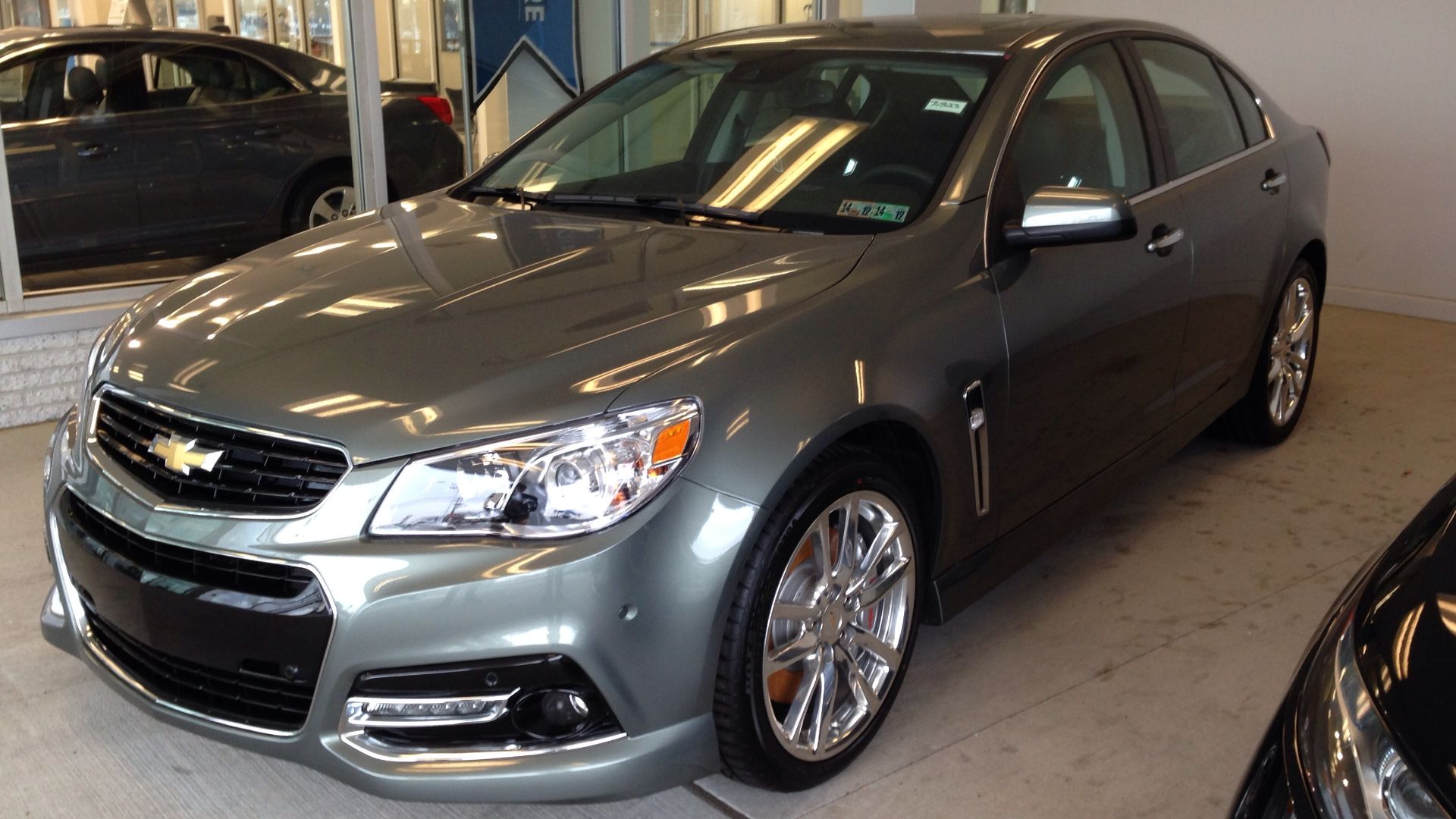 Jacob Frey 4A, Wikimedia Commons
Jacob Frey 4A, Wikimedia Commons
Honda Accord Crosstour
Honda wanted a crossover spin on its popular Accord, but the Crosstour looked awkward and never resonated with buyers. Its raised suspension and hatchback profile were supposed to bridge the gap between sedan and SUV. Instead, buyers overwhelmingly chose the CR-V, leaving the Crosstour forgotten in dealer lots.
Lincoln Continental
Lincoln tried to revive its legendary nameplate with a sleek luxury sedan. The car was smooth, quiet, and elegant, but it arrived just as SUVs took over the luxury market. Despite being genuinely good, it was discontinued in 2020 after slow sales.
Renault Vel Satis
The Vel Satis was supposed to be Renault’s bold challenge to German luxury sedans. Its odd proportions—half sedan, half minivan—confused potential buyers. Even with a powerful Nissan-derived V6 under the hood, it never caught on.
Alfa Romeo Giulietta
Stylish, fun to drive, and undeniably Italian, the Giulietta seemed promising at first. But over time, rivals from Volkswagen, Ford, and Peugeot left it in the dust in terms of refinement and tech. By 2020, Alfa quietly retired it after a decade of mediocre performance.
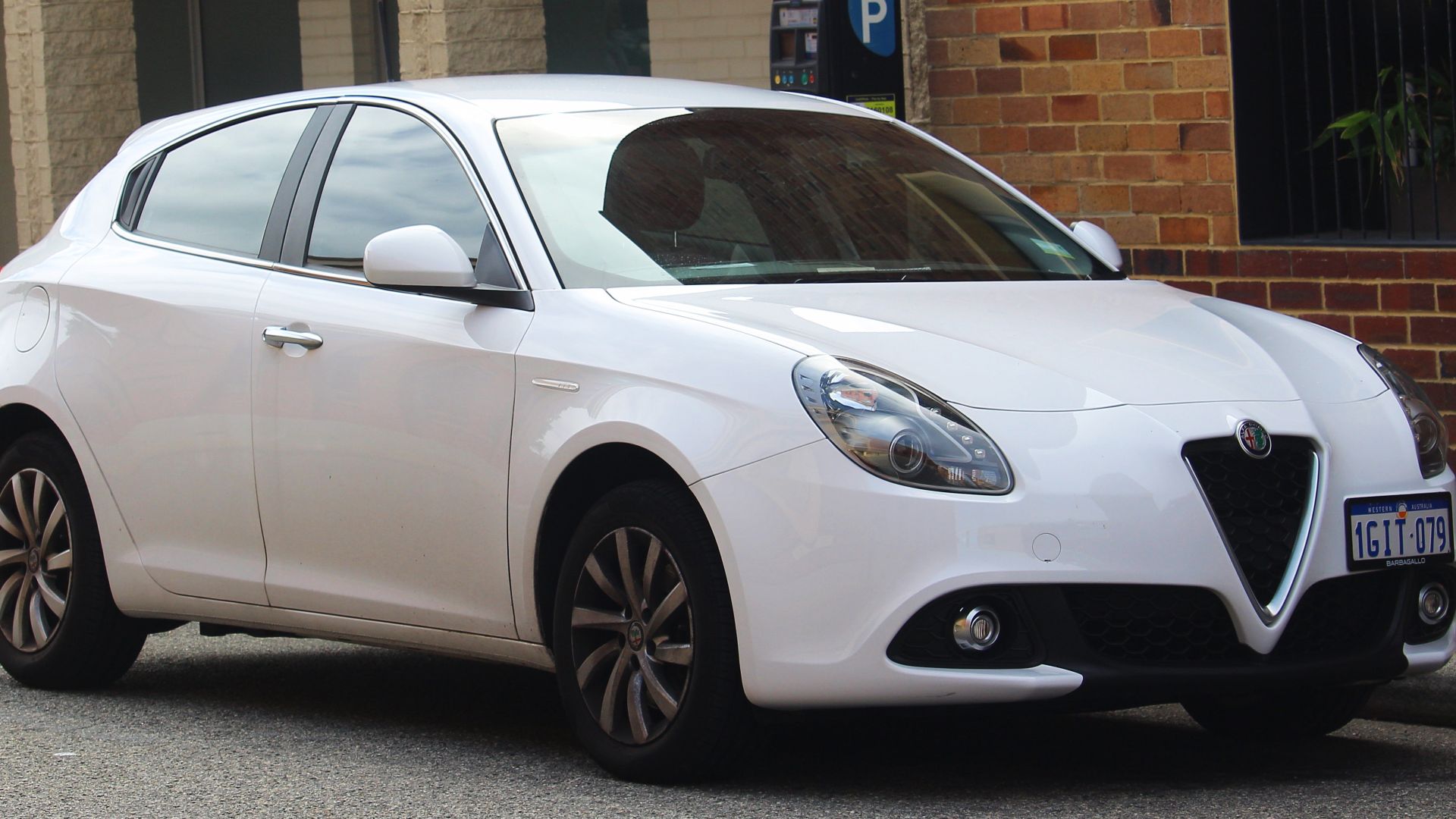 EurovisionNim, Wikimedia Commons
EurovisionNim, Wikimedia Commons
Citroën C6
The C6 was a love letter to Citroën’s quirky luxury sedans of the past, featuring futuristic styling and hydropneumatic suspension. Reviewers admired its comfort and uniqueness, but customers didn’t bite. Fewer than 25,000 units were sold in six years.
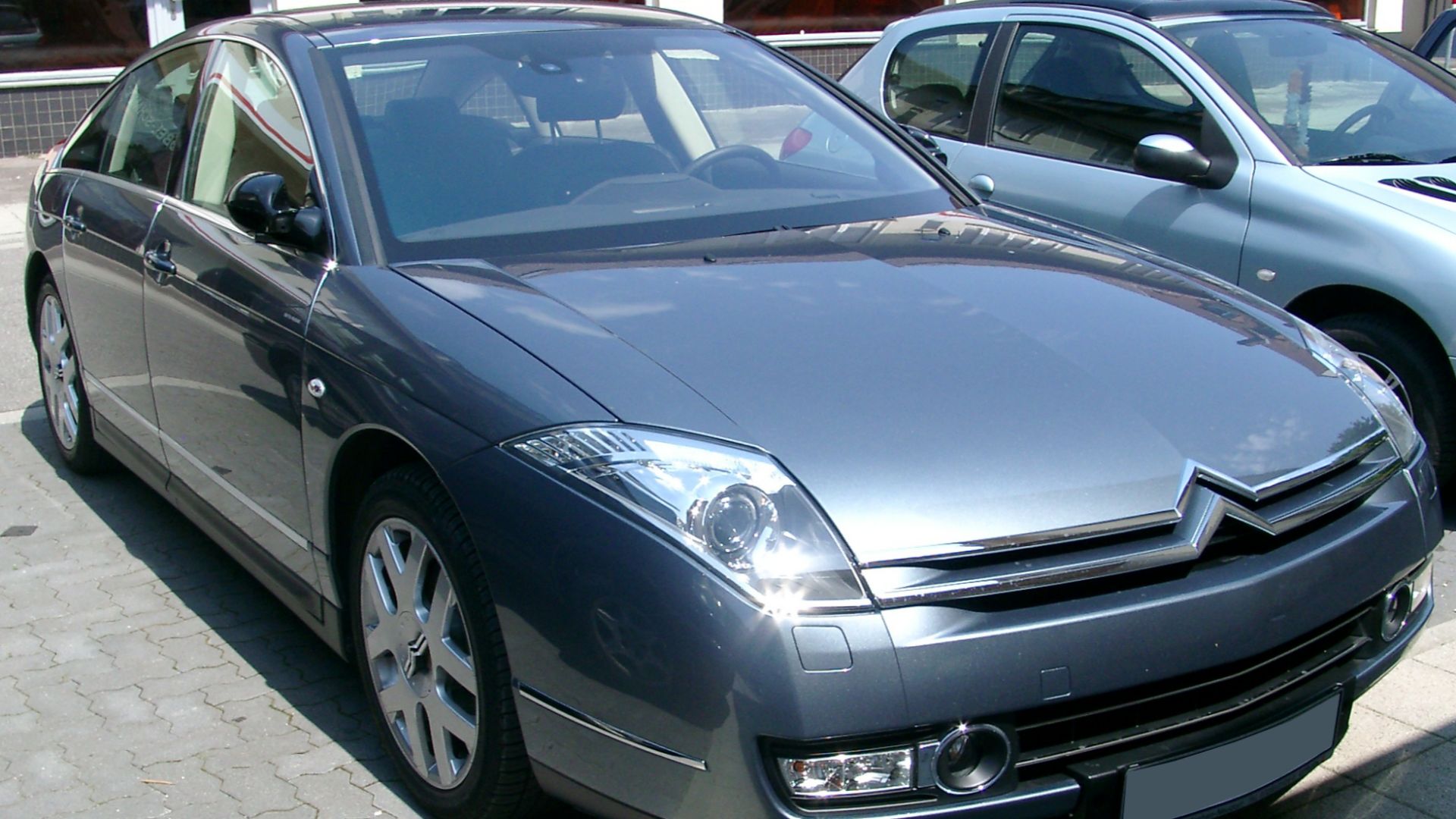 Rudolf Stricker, Wikimedia Commons
Rudolf Stricker, Wikimedia Commons
Ford Flex
The Flex was a boxy, wagon-like SUV with loads of space and a unique design. While it developed a small cult following, mainstream buyers weren’t interested. They chose more conventional SUVs instead, and the Flex quietly exited the stage.
Mazda 5
Mazda tried to make minivans cool with the 5, offering a manual transmission and sporty handling. It had seven seats and plenty of practicality but couldn’t overcome the minivan stigma. Buyers stuck with bigger, more traditional vans, and the 5 bowed out early.
Pontiac Aztek
The Aztek is perhaps the most infamous flop of all time. Its bizarre styling made it the punchline of countless jokes, even though it was practical and versatile. Ironically, it gained cult status years later thanks to Breaking Bad.
 Alexander Migl, Wikimedia Commons
Alexander Migl, Wikimedia Commons
Chrysler TC by Maserati
This Chrysler-Maserati collaboration was marketed as exotic luxury but ended up being neither. Its styling looked awkwardly like a LeBaron, and its performance didn’t justify the steep price tag. Buyers ignored it, and Chrysler quietly moved on.
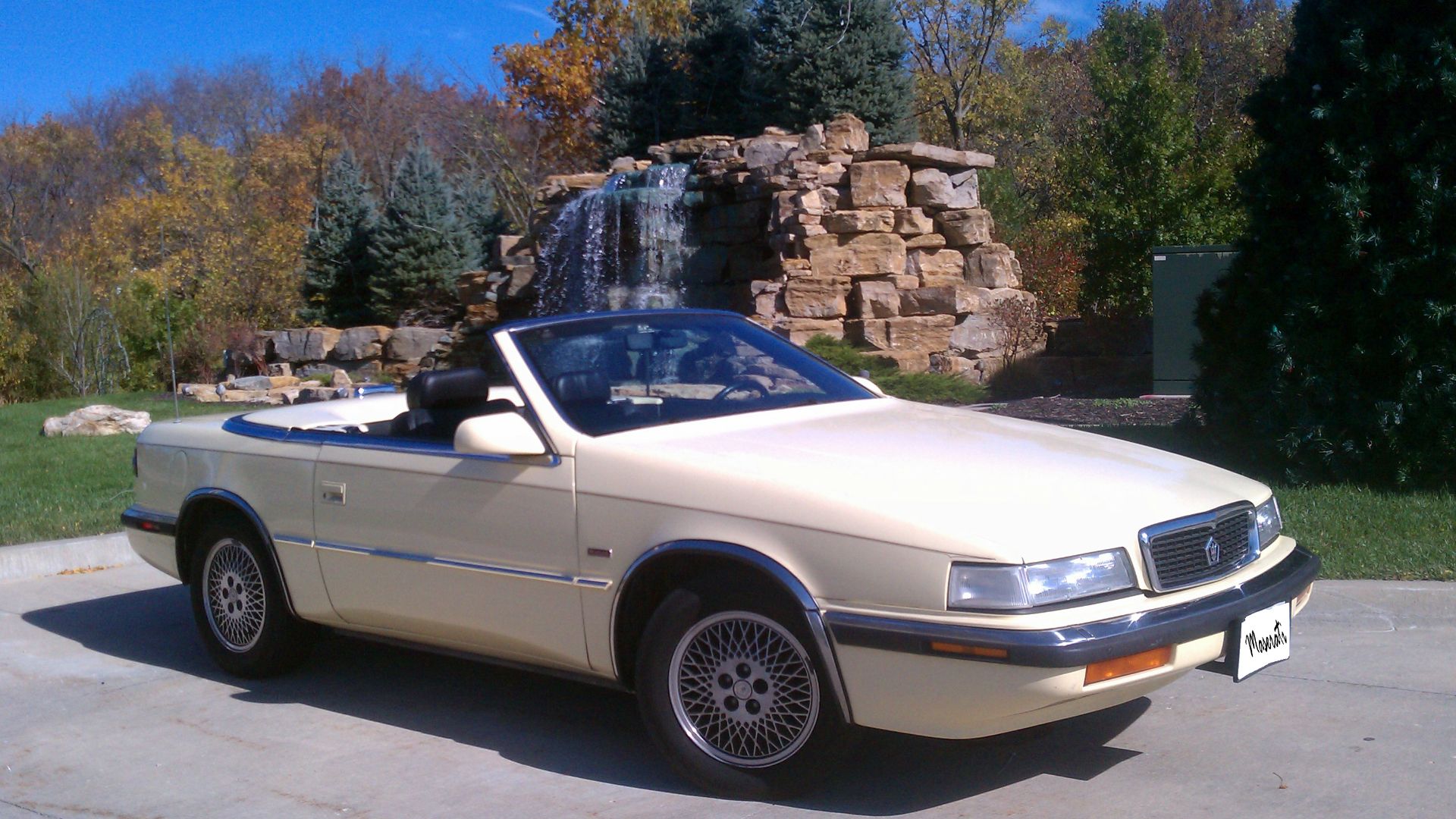 Mesatrooper, Wikimedia Commons
Mesatrooper, Wikimedia Commons
Cadillac Cimarron
GM thought it could slap a Cadillac badge on a Chevy Cavalier and fool luxury buyers. Spoiler: it didn’t work. The Cimarron quickly became a symbol of badge-engineering gone wrong.
 Greg Gjerdingen, Wikimedia Commons
Greg Gjerdingen, Wikimedia Commons
Ford Edsel
No flop list is complete without the Edsel. Hyped to the moon before launch, it arrived in 1957 with styling that most buyers found hideous. Sales were disastrous, and the Edsel name became synonymous with failure.
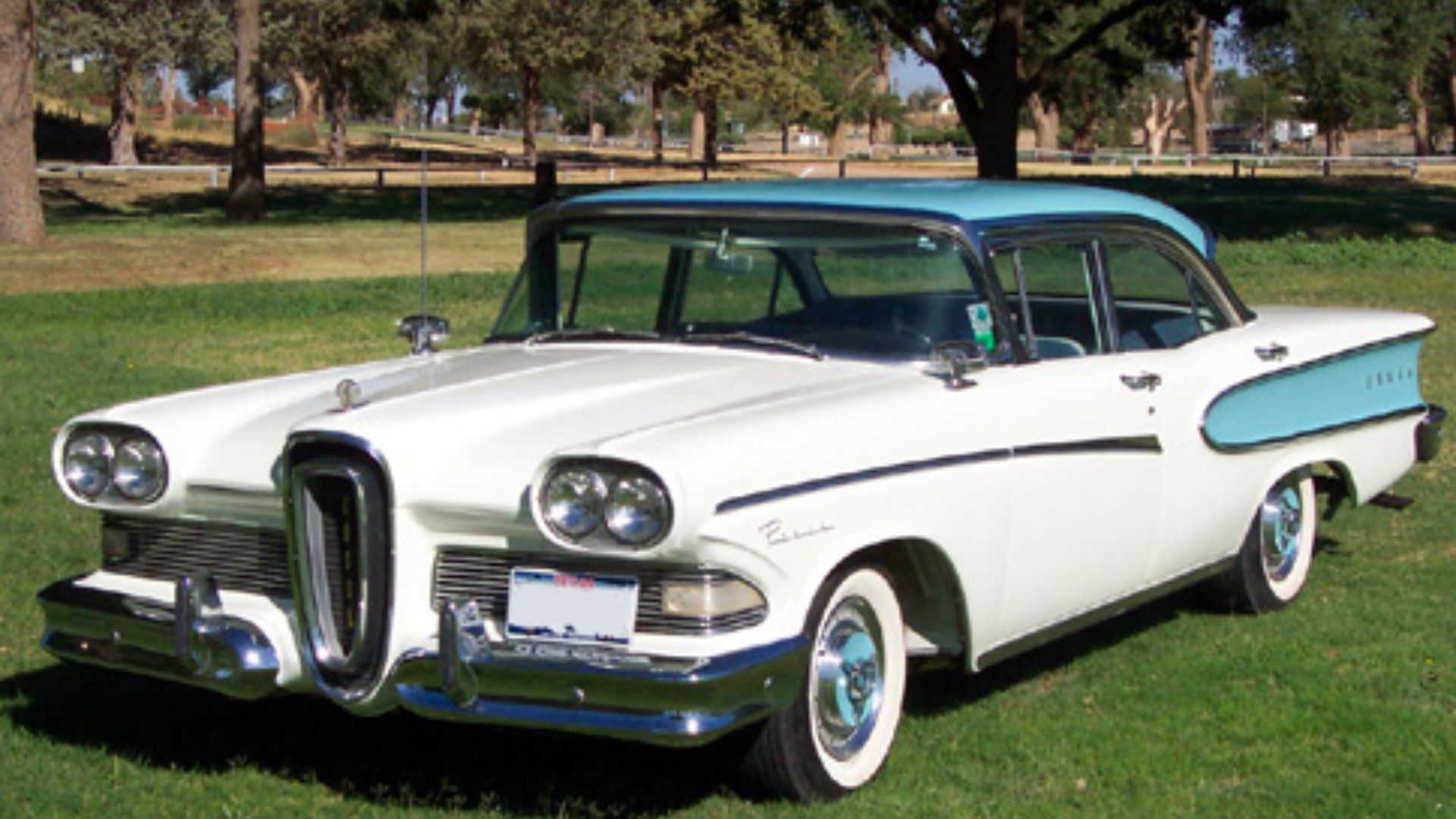 Loungelistener at English Wikipedia, Wikimedia Commons
Loungelistener at English Wikipedia, Wikimedia Commons
DeLorean DMC-12
Yes, the Back to the Future car. It looked futuristic with its stainless-steel body and gullwing doors, but poor build quality and underwhelming performance doomed it. Its pop culture fame came only after production stopped.
Saturn Ion
Saturn built its reputation on quirky, honest cars, but the Ion was neither. Its awkward styling and cheap interior materials alienated fans. The model failed to keep Saturn relevant, hastening the brand’s demise.
Mercedes-Benz R-Class
The R-Class was supposed to combine minivan practicality with Mercedes luxury. Instead, it was too expensive, too odd-looking, and too confusing for buyers to classify. It quietly disappeared after struggling in showrooms.
Plymouth Prowler
A retro hot rod for the modern age sounded cool on paper. The Prowler looked wild but was hampered by a weak V6 engine and limited practicality. Car enthusiasts mocked it, and sales flopped.
Chevrolet SSR
Another retro-inspired misfire, the SSR was part pickup, part convertible, and fully confusing. It looked bold but weighed too much and wasn’t especially practical. Buyers shrugged, and GM pulled the plug after a short run.
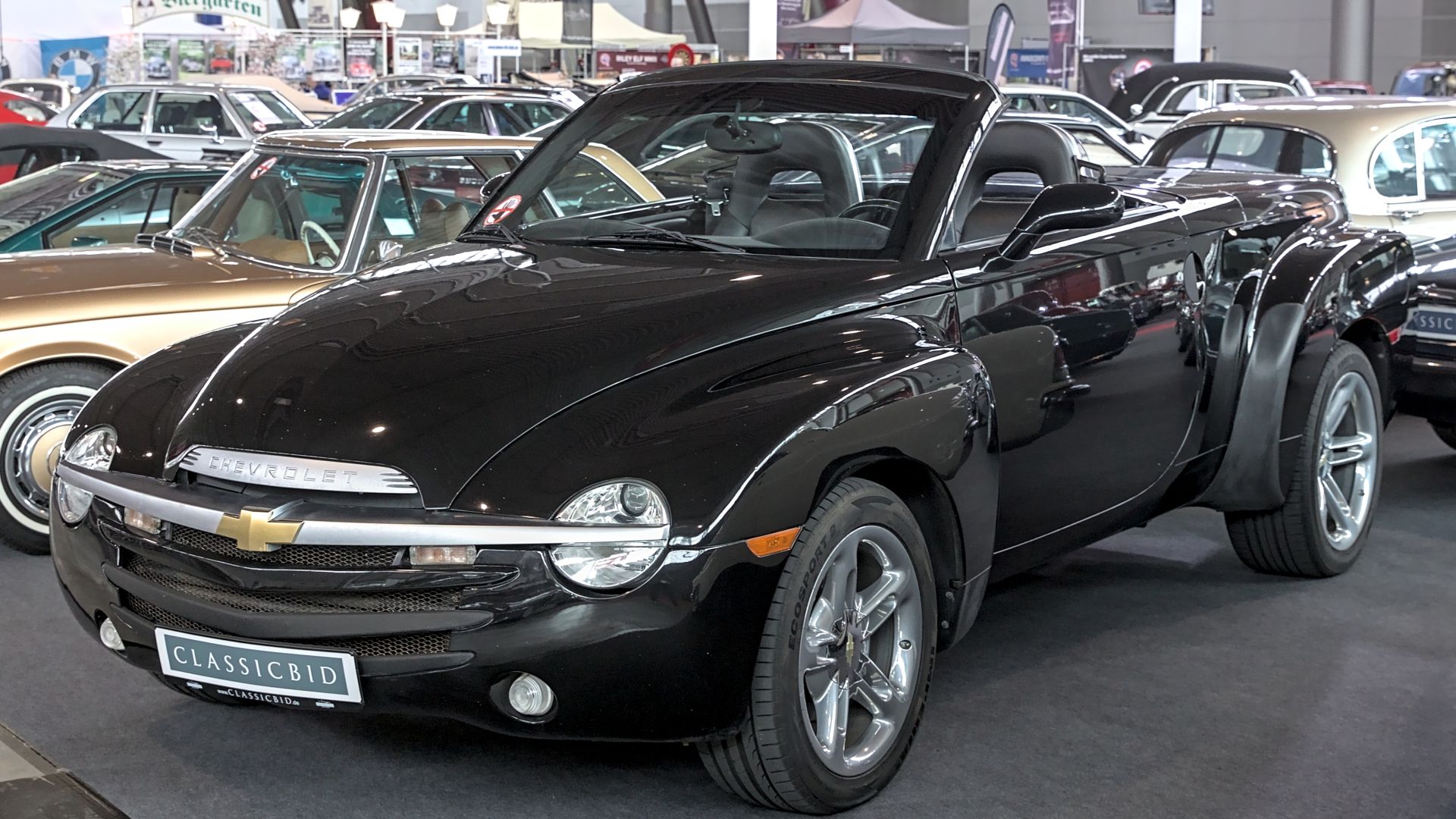 Alexander-93, Wikimedia Commons
Alexander-93, Wikimedia Commons
Volkswagen Phaeton
VW tried to build a luxury sedan that could rival Mercedes and BMW. The Phaeton was actually excellent, but buyers weren’t willing to pay Mercedes money for a Volkswagen badge. VW lost big and eventually retreated from the ultra-luxury sedan market.
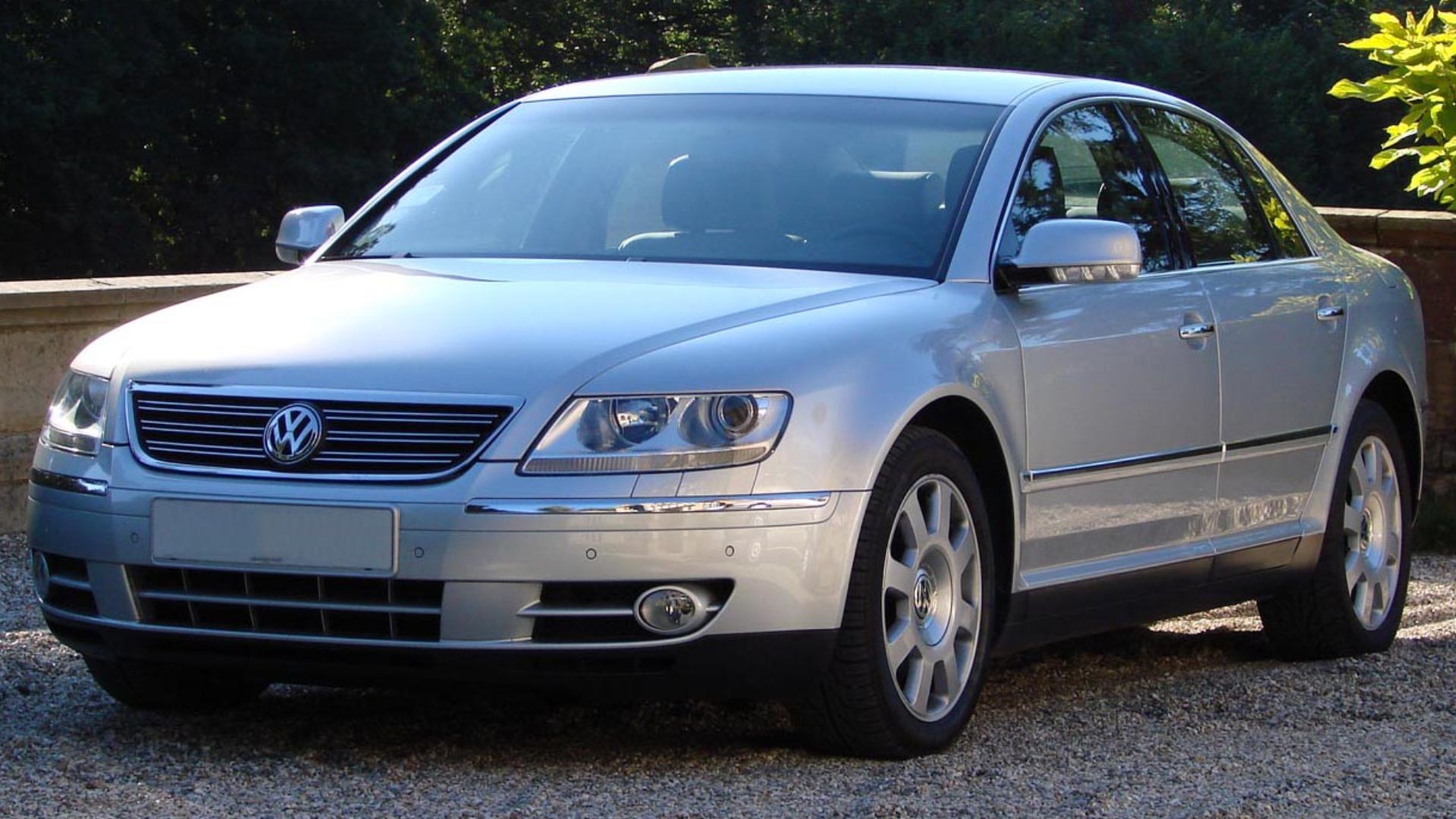 Bewibble at English Wikipedia, Wikimedia Commons
Bewibble at English Wikipedia, Wikimedia Commons
AMC Pacer
The “fishbowl on wheels” had futuristic styling and great visibility. Unfortunately, it was heavy, underpowered, and quickly outdated. Despite its later cult status, it was a commercial failure.
Dodge Caliber
Dodge thought the Caliber would replace the Neon and attract younger buyers. Instead, it delivered poor build quality, sluggish performance, and cheap interiors. Buyers walked away, and Dodge phased it out as quickly as possible.
Final Thoughts
Some of these cars weren’t actually bad—they were simply born at the wrong time, or marketed in the wrong way. Others really were disasters from the ground up. Either way, they remind us that even the biggest car companies can swing and miss when trying to set a new trend. For every runaway hit like the Toyota RAV4 or Tesla Model 3, there’s a Borrego, Aztek, or Edsel lurking in the background—proof that the road to innovation is paved with failures.
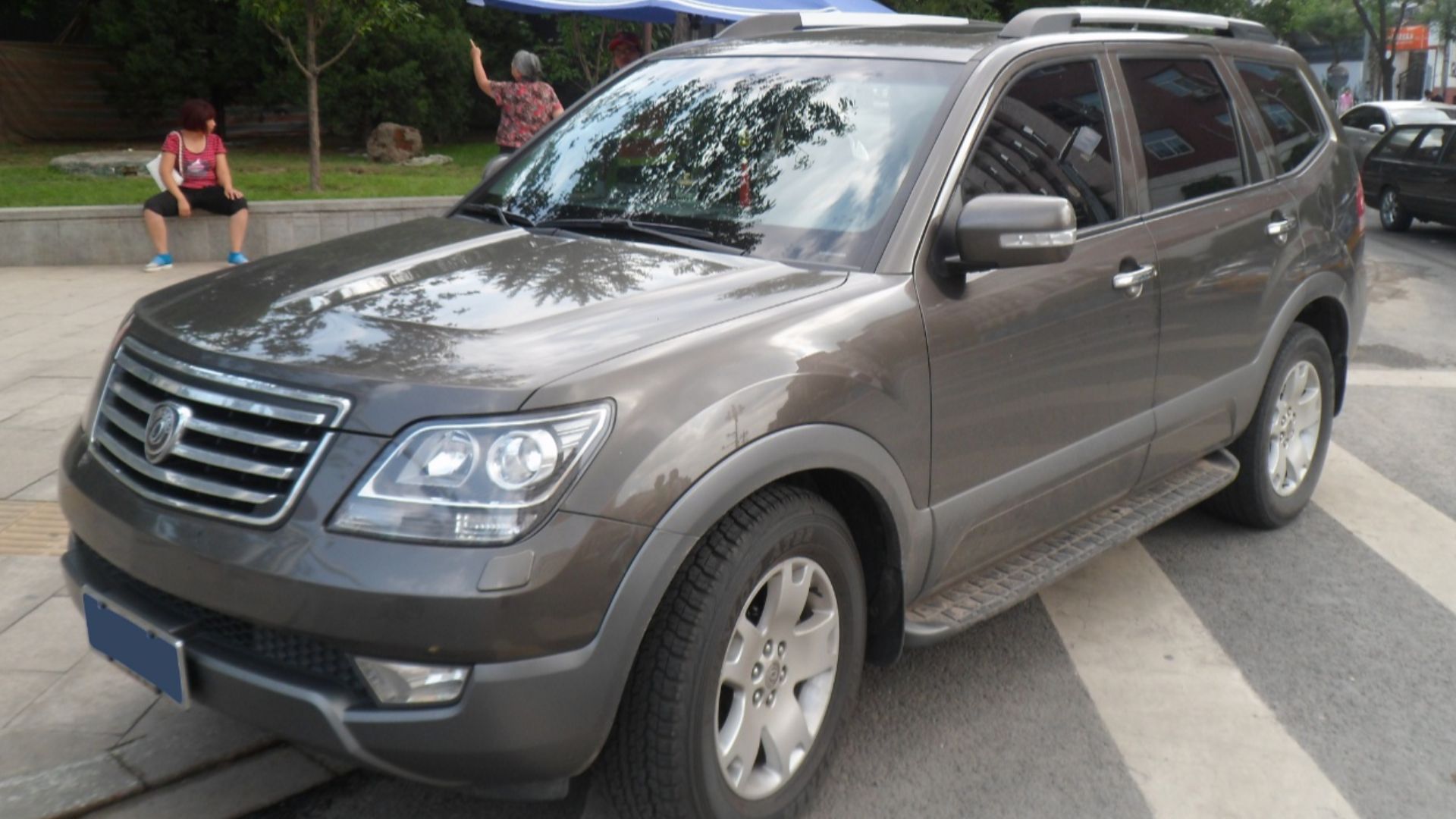 Navigator84, Wikimedia Commons
Navigator84, Wikimedia Commons
You May Also Like:
Four Of The Deadliest Roads In The World
The Best Quick Guide To Buying Tires


